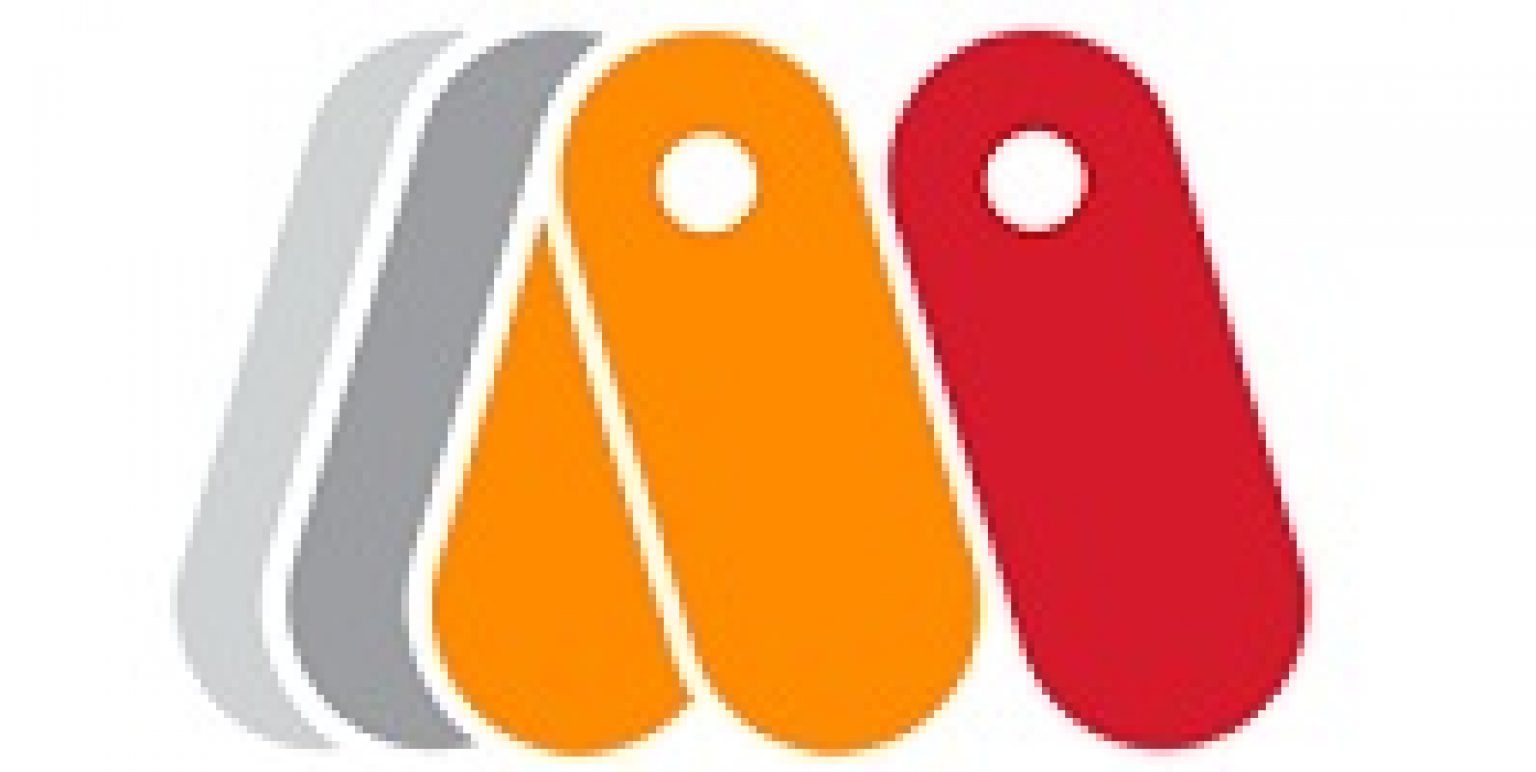
* Fix: Resized GUI to fit on smaller displays * Fix: Was not loading all generic layer channels in previous version

* Added option to import only part of hierarchy or single layer * Added options to import only selected channels * Fix: Was not iterating through BONE and SWITCH hierarchies * Changed version number to match Save Layer Animation script * Added support for loading point animation data * Added support for loading switch animation data * Added support for loading bone animation data * Bone IKParentTarget was missing from UI NOTE 3: For point animation data, the points in the vector layers must match the file that was saved. NOTE 2: For bone animation data, the hierarchy of bones must match the file that was saved. NOTE 1: For layer animation data, the hierarchy of layers must match the file that was saved. NOTE 0 : Does not support loading from files saved with Save Layer Animation script before version 1.4 This script loads all the selected keyframes for the selected layers from a previously saved file. Indicates offset inherited from Parent groups Increase/decrease values & position with mouse scroll wheel Dynamic real-time updates - allowing you to see the effects of changes in the timeline and viewport Use Relative or Absolute frame referencing
#Moho pro 12 move image to back plus#
The relative offset is calculated relative to the Document start frame, plus any additional offset already present in the layers' parent group/s. You can either set the relative Layer Offset -or- absolute Layer Start Frame, and the other value will be adjusted accordingly. Use the Cancel button to UNDO any changes. The tool allows you to view and adjust the selected layers start frame / offset in the timeline, resulting in either a delay or advancement of the layers' timing - relative to the playhead frame position of the rest of the animation.Īny changes made are dynamic and in real-time, so you will be able to see the effect of those changes in the timeline & viewport. View & Adjust a layers' sequence offset position in the timeline Printlayer is a button on the tool window (using the printvalue menu's functions) to print the actual selected points, curves, shapes. It has a history to browse global variables easier. It is possible to print tables and metatables recursively. (added ) INSTANCING VECTOR LAYERS (LAYERSCRIPT):Ĭopies the mesh point positions from a source layer into other layers

MPlayer is a multi-platform freeware media player. (added 08//05/2006) ADDITIONAL EXPOSURE SHEET TOOL:įor editing Switch layers in an exposure sheet (dopesheet) style I am also planning to implement my image vectorising and peghole recognition for scanned papers, but maybe the lua is not powerful enough, and I do need a perfect description of the spline geometry first (ADDED: now I know it)įa_paint_a (works only from Moho 5.4!) I am interesting on the coordinate model (What is the unit? The height of the field?), the spline calculation method (what is the meaning of the magic curvature value?) and any other important data. The known hidden bugs in the tools are also welcomed. But, for example, Manipulate Bones works great.īecause I have not enough experience yet with Moho, it should be important to receive suggestions. The selection of the points seems a bit difficult, the most uncomfortable I think is the Create Shape tool (this is only my opinion, maybe others like it). The speed and iterpolation can be adjusted from within the falloff node.My major goal in almost every tool is to minimize mouse clicks and tool changes. The normalized index is computed by dividing the index by the number of iterations, the inverse is computed by computing one minus the normalized index, the multiple is computed by multiplying the number of iterations (waves) by their width to make them stack tightly.įinally, the factors are generate by evaluating a delay falloff: The factor is used as a factor in mixing between zero (no offset) and some end value (max offset), the max offset is determined by a multiple of the inverse of the normalized index.

This amount depend on the factor as well as the index of the wave. Then, we are going to offset each wave by a certain amount. We are going to modulate the amplitude of the offset based on the factors as follows: To do so, we use a loop that takes factors as iterator, this factor ranges between zero and one, where it is zero at the start of its animation and one at its end. So, we are going to create a number of waves that moves and morph into rectangles in a delayed fashion.

Notice that the mesh morph into a rectangle when the multiple (offset amplitude) approaches zero. Since this is a grid, a float range should represent the y location of the vertices and thus we have: We start by creating a grid that is high resolution along the y axis and offset its vertices by some amount equal to a multiple of the sine of a multiple of the vertices' y locations.


 0 kommentar(er)
0 kommentar(er)
